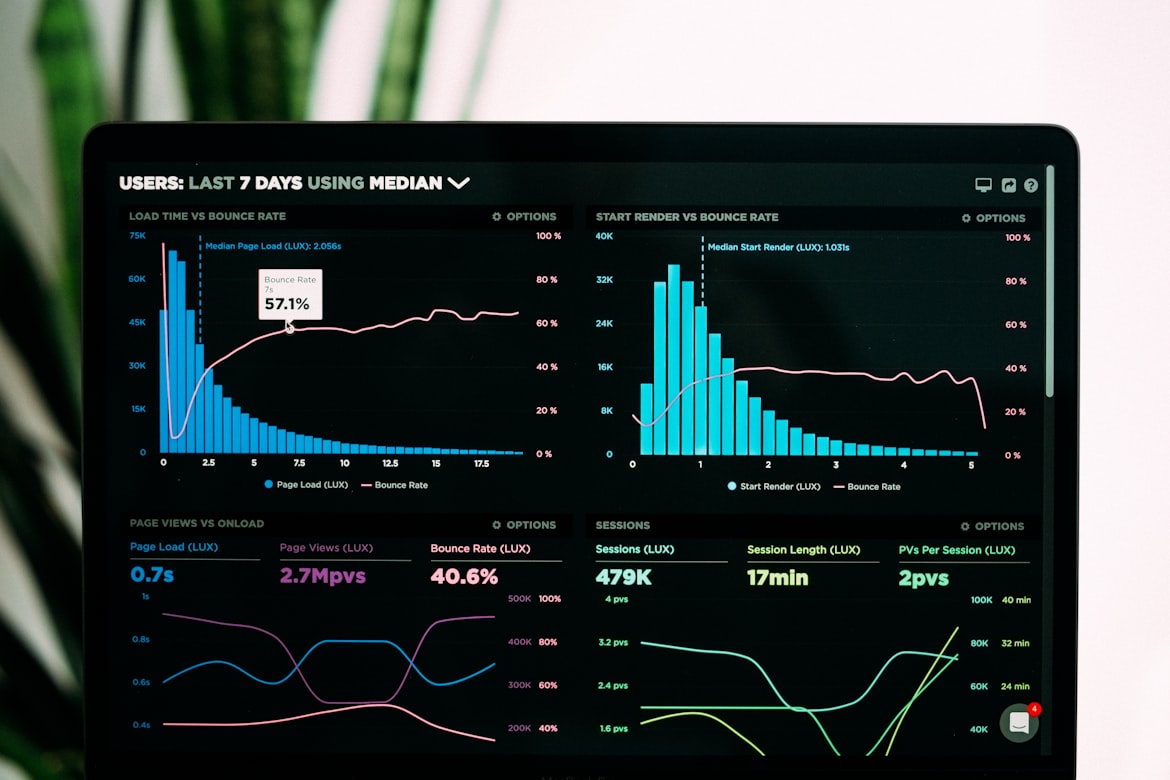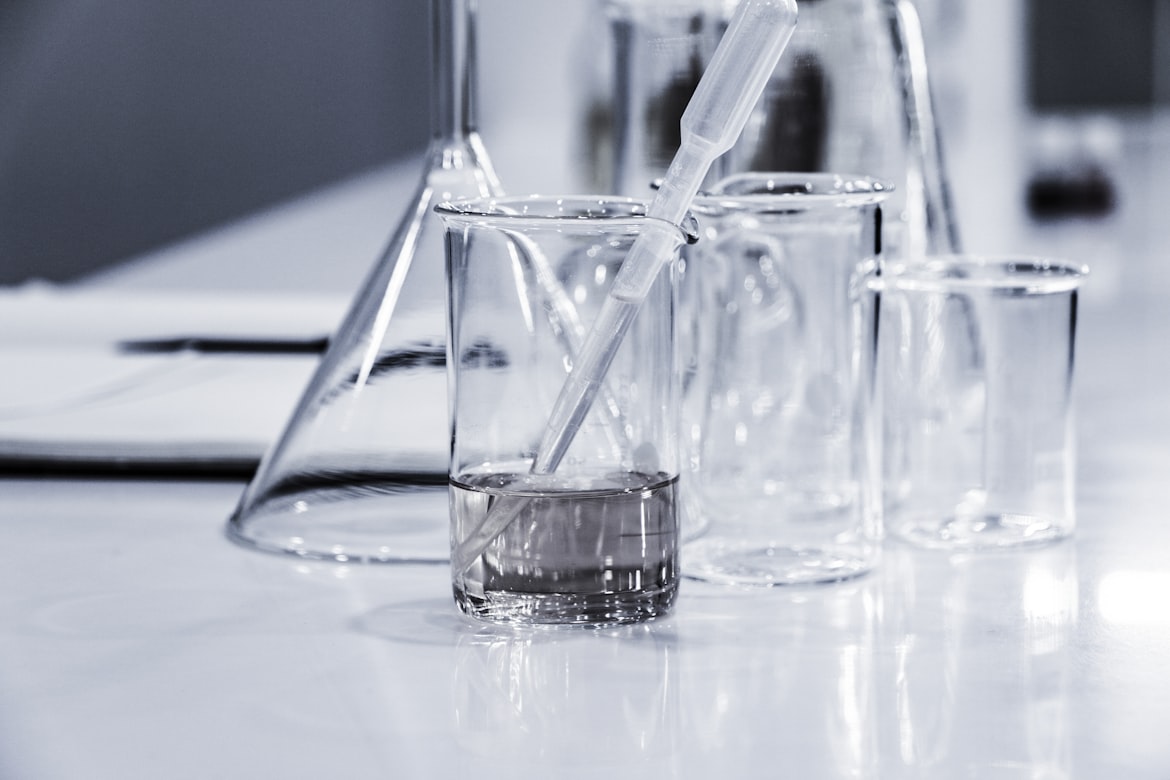Introduction: The MyoD Mystery
In molecular biology labs worldwide, MyoD stands as a master conductor of muscle development. This "master regulator" protein can transform ordinary skin cells into muscle fibers in a dish—a feat that earned it the title "Discovery of the Year" by Science in 1990. Yet as researchers soon discovered, what occurs in isolated cells often diverges dramatically from biological reality. When muscle forms in living organisms, genes activated by MyoD in vitro fall silent, and unexpected players emerge.
This article explores how scientists resolved this paradox by filtering lab data through living systems, revealing why understanding cellular context is vital for decoding development and disease 1 3 .

Key Concepts: MyoD's Orchestra
The Conductor and Its Baton
MyoD belongs to the basic helix-loop-helix (bHLH) family of transcription factors. It binds DNA at sequences called E-boxes (CANNTG), present in over 14 million genomic locations. Despite this ubiquity, MyoD only activates muscle-specific genes like myogenin and muscle creatine kinase through partnerships with:
The Petri Dish Problem
Early studies of MyoD relied on immortalized cell lines (like C2C12 myoblasts) or fibroblasts reprogrammed in culture. While these revealed core mechanisms, they missed critical physiological layers:
- Three-dimensional tissue architecture
- Inflammatory signals from immune cells during muscle repair
- Metabolic gradients in oxygen/nutrient availability
The Crucial Experiment: In Vivo Filtering
Methodology: From Test Tubes to Living Muscle
In 2003, Zhao et al. designed a landmark study to bridge the in vitro-in vivo gap. Their approach had four pillars:
- In vitro targets: Identified 120 MyoD-regulated genes from cultured myoblasts using microarrays.
- In vivo model: Tracked gene expression at 27 time points during muscle regeneration in mice after injury.
- Validation tools: Used:
- Hierarchical clustering: Grouped genes with similar expression patterns.
- Bayesian soft clustering: Statistically linked genes to regeneration phases.
- Filtering step: Overlaid in vitro data onto in vivo time courses to identify "true" targets 1 .

Results: Reality Check
Shockingly, only ~50% of genes induced by MyoD in vitro were activated during regeneration. Even more striking: zero repressed genes validated in living tissue.
| Gene Category | In Vitro Targets | Validated In Vivo | Key Examples |
|---|---|---|---|
| Induced genes | 120 | ~60 (50%) | Myogenin, M-cadherin |
| Repressed genes | 35 | 0 (0%) | Id1, Hdac9 |
| Novel targets | N/A | 18 | Foxp1, Camk1g |
Among the validated targets were 18 high-confidence genes, including 13 newly discovered in regeneration. These fell into functional clusters:
- Differentiation drivers (e.g., myogenin)
- Calcium signaling modulators (e.g., Camk1g)
- Transcription regulators (e.g., Foxp1) 1 2 .
Why the Discrepancy?
The team identified two key factors:
The Ripple Effect: Key Follow-Up Discoveries
Discovery 1: The MyoD-Myogenin Tango
Subsequent work revealed that MyoD and its downstream target myogenin don't act redundantly. They engage in a temporal division of labor:
- MyoD "primes" late genes by:
- Recruiting histone acetyltransferases (HATs)
- Unwinding chromatin via SWI/SNF
- Myogenin then activates transcription by:
- Binding MyoD-opened sites
- Recruiting RNA polymerase II machinery
| Stage | MyoD Function | Myogenin Function | Example Targets |
|---|---|---|---|
| Early | Binds promoters; opens chromatin | Not required | p21, Myogenin |
| Late | Maintains H3K27ac marks | Activates transcription | Myosin heavy chain, Troponin |
This explains why myogenin-knockout mice form immature muscle fibers that degenerate 2 3 .
Discovery 2: MyoD as a 3D Genome Architect
A 2022 study revealed MyoD's role in spatial genome organization. Using Hi-C chromatin mapping in wild-type vs. MyoD-knockout mice, researchers found:
- Compartment shifts: 1.7% of genomic regions switched from active (A) to inactive (B) compartments without MyoD.
- Loop formation: 44% of chromatin loops required MyoD at one or both anchors.
- Domain boundaries: MyoD cooperates with CTCF to insulate topologically associating domains (TADs).
| Structural Feature | Change in MyoD-KO | Functional Consequence |
|---|---|---|
| A/B compartments | 1.69% B→A; 0.84% A→B | Mis-expression of non-muscle genes |
| Chromatin loops | 44% reduced stability | Impaired enhancer-promoter contacts |
| TAD boundaries | 931 boundaries disrupted | Ectopic gene activation |
This positions MyoD as a lineage-specific genome organizer—a function beyond transcription 4 .
Discovery 3: TFIID's Surprising Role
Contrary to prior claims that MyoD recruits the "alternative" factor TBP2 during differentiation, new data show:
- TBP2 is absent in muscle stem cells.
- The canonical TFIID complex (with TBP) activates MyoD targets despite being downregulated.
This highlights how in vivo validation prevents false mechanistic assignments 5 .
The Scientist's Toolkit: Key Research Reagents
| Reagent/Method | Function | Key Study |
|---|---|---|
| Chromatin Immunoprecipitation (ChIP) | Maps MyoD binding sites genome-wide | Blais et al. 2005 |
| Bridge linker Hi-C (BL-Hi-C) | High-resolution 3D chromatin mapping | Zhao et al. 2022 |
| MyoD-ER fusion cells | Inducible MyoD activation in fibroblasts | Hollenberg et al. 1993 |
| MyoD-/-; Myf5-/- mice | Myoblast-free model for MyoD rescue | Rudnicki et al. 1993 |
| Bayesian soft clustering | Identifies co-regulated gene modules | Zhao et al. 2003 |
Conclusion: From Lab to Life
The journey to validate MyoD targets underscores a fundamental truth: biology is context-dependent. What we learn in simplified systems provides starting points—not endpoints. By filtering in vitro data through living organisms, researchers not only identified true muscle regulators but also uncovered MyoD's architectural roles and its partnership with myogenin.
This approach now illuminates challenges from regenerative medicine (e.g., boosting muscle repair) to cancer biology (e.g., rhabdomyosarcoma, where MyoD drives tumor growth ). As tools evolve to capture cellular environments more faithfully, we move closer to hearing life's full symphony—not just solitary notes.

For further reading, explore the original studies in ScienceDirect, Nature Communications, and eLife (citations 1, 4, and 5).